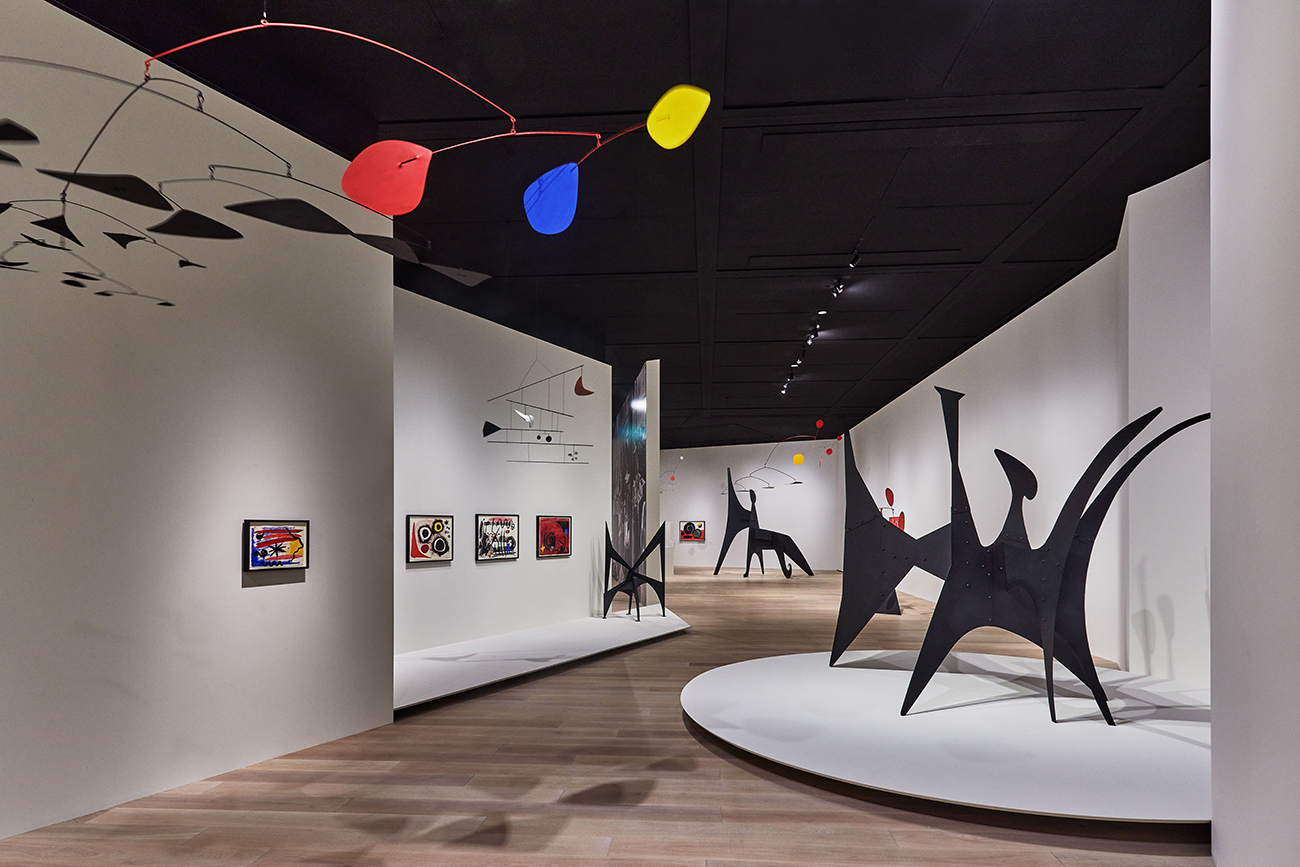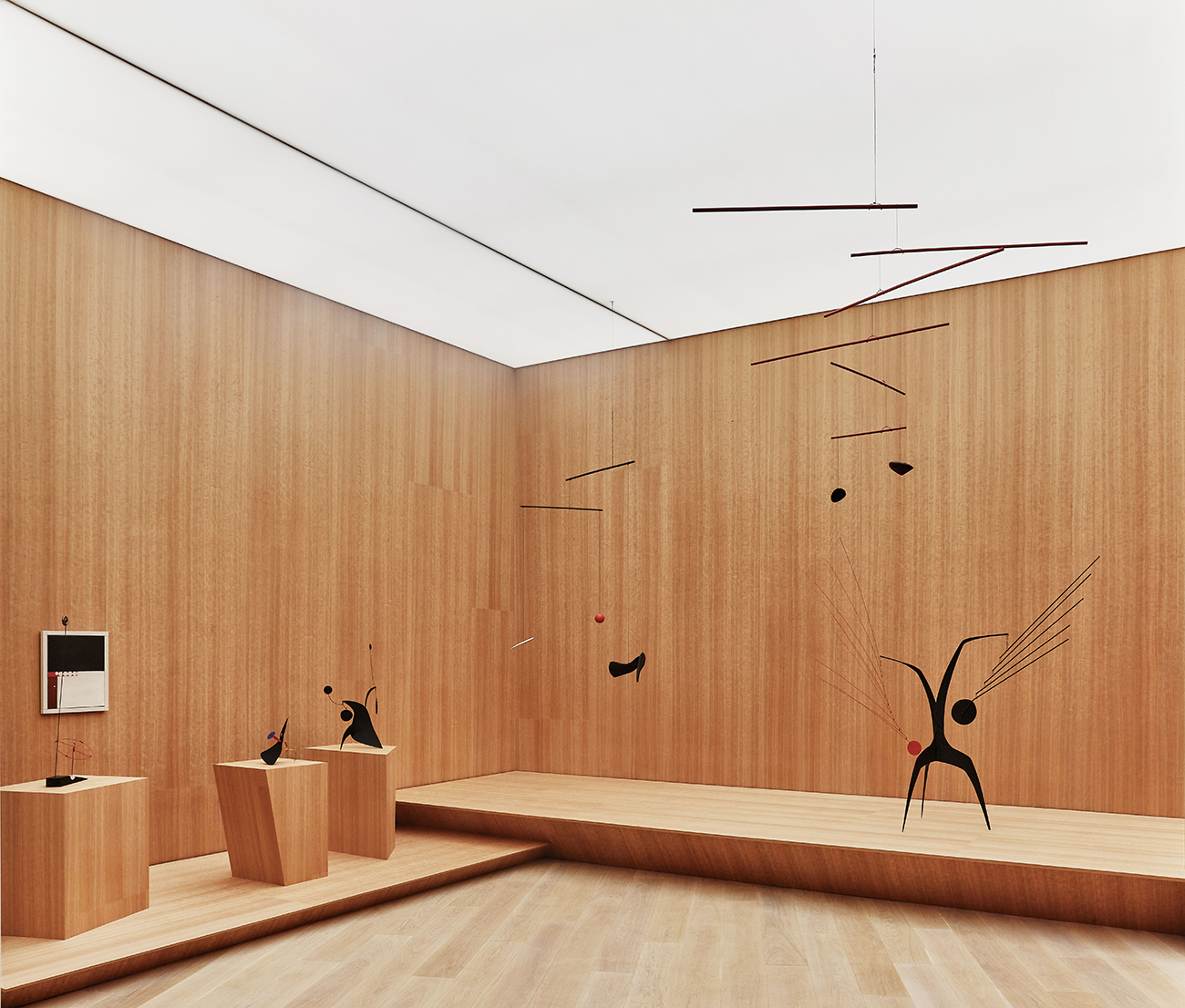CALDER: UN EFFET DU JAPONAIS
HAPPENINGText: Alma Reyes
His bright metal, stone, wood and clay sculptures and colorful mobiles are unmistakably recognizable around the world. They have graced venues, such as Place Vendôme in Paris, Federal Plaza in Chicago, Parc Jean-Drapeau in Montreal, Museo Nacional Centro de Arte Reina Sofía in Madrid, and elsewhere. Alexander Calder (1898-1976) is regarded as the most celebrated modern sculptor in history. His innovative sculpting technique of bending and twisting wire, cutting bolted metal sheets, and suspending multi-shaped moving mobiles have altered the direction of abstract art.

Installation view of Calder: Un effet du japonais, Azabudai Hills Gallery, Photo: Tadayuki Minamoto
Azabudai Hills Gallery is proudly presenting the dynamic artist’s first and largest solo exhibition in Tokyo in almost 35 years, “Calder: Un effet du japonais.” Running until September 6th this year, the beautifully curated showcase displays about 100 pieces of Calder’s works spanning the 1920s to 1970s, loaned by the Calder Foundation. At the same time, this exhibition forges the collaboration between Azabudai Hills and Pace Gallery, which will launch a permanent space in the complex from September this year.

Installation view of Calder: Un effet du japonais, Azabudai Hills Gallery, Photo: Tadayuki Minamoto
The initial appeal of the show is the ingenious layout crisply conceptualized by Alexander S. C. Rower, Calder Foundation president, founder, and Calder’s grandson. Together with Japanese architect and Calder Foundation collaborator Stephanie Goto, the geometric technique of a 3:4:5 triangle based on the Pythagorean Theorem was employed, reflective of modern Japanese architecture and materials. The plan also follows a square inspired by the Japanese teahouse and Noh stage. The concept of “ma” (pause) is felt in the intervals between the modules, that allow time to flow through the art space instinctively. Japanese materials in wood, paper and plaster complement the light effect cast from zigzag overhanging eaves.

Installation view of Calder: Un effet du japonais, Alexander Calder, Fafnir, 1968, Private Collection, Rendering of exhibition, Courtesy: Stephanie Goto Architecture
From the entrance, the huge artwork Fafnir (1968) beams in sparkling red, with blue, yellow, black, white and red extended plates. The structure takes the form of a Norse mythological dragon. Calder adhered closely to animal figures, and explained that “…There is always a feeling of perpetual motion about animals and to draw them successfully this must be borne in mind.”
Read more ...




